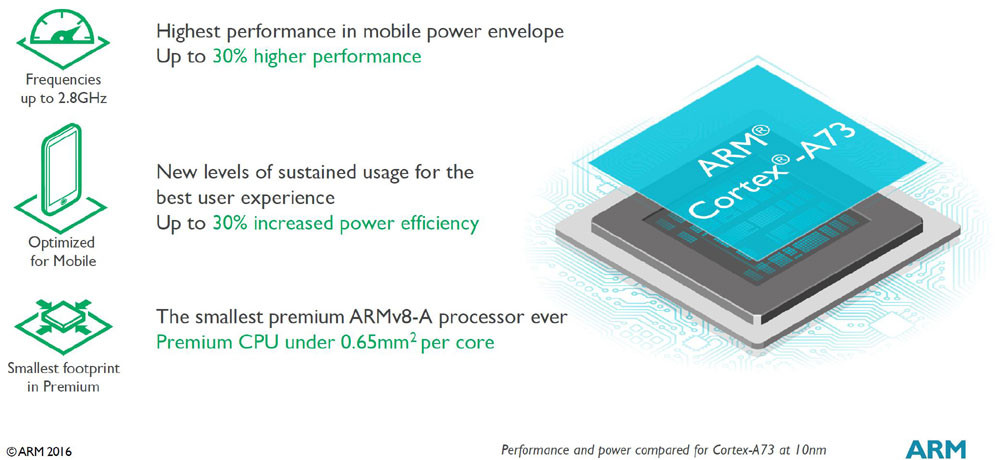
While technically not an Android related story, the following news item is still significant. Samsung has just announced that they’ve begun mass producing “128-gigabit, 3bit multi-level-cell NAND memory chips using 10 nanometer (nm)-class process technology”.
Yes, I know there’s a difference between gigabits and gigabytes. Memory chips are normally stacked, eight at a time, to produce a useful product. So what happens when you stack eight 128 Gb chips on top of each other? You get 128 GB of storage.
Said storage will be capable of 400 megabit per second speeds, which is 50 megabytes per second. That’s pretty ridiculous. More importantly, these chips are built using 10 nanometer technology, so they’ll use less energy and take up less space on a smartphone’s motherboard.
And speaking about smartphones, these new chips should enable the creation of devices with 128 GB worth of capacity. That sounds like a lot, but you have to consider the fact that just about every high end smartphone to launch this year will have a 1080p screen.
Translation: People will want to watch 1080p movies, and those files are massive.
Will these new chips allow companies like Sandisk to make 128 GB microSD cards? Here’s hoping.
[Via: Phone Arena]Update: Leave it to an AnandTech writer to school me on the intricacies of DRAM.
@WhatTheBit "10nm-class" means 10-19nm, not 10nm
— Kristian Vättö (@kristianvatto) April 11, 2013
@WhatTheBit The bandwidth is also 400Mbps per lane and there are 8 lanes in Toggle-Mode 2.0 NAND, so that's 400MB/s
— Kristian Vättö (@kristianvatto) April 11, 2013

















